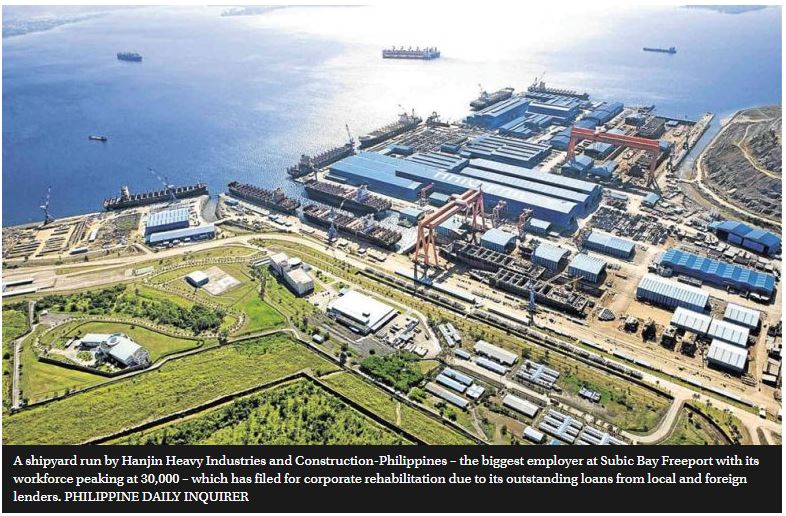Chance of sustained Philippines GDP growth this year is ‘slim’
THE Philippines’ economic growth is expected to further slow and remain below government target this year due to global economic uncertainties coupled with sluggish investment prospects in the domestic front.
In a January 24 report titled Philippine Economy Unlikely To Gather Steam In 2019, Fitch Solutions said expected the country’s gross domestic product (GDP) to grow by only 6.1 per cent this year.
The economy grew 6.2 per cent last year, the slowest in three years, as high consumer prices dented consumption as well as investments. The government is targeting a seven to eight per cent GDP growth this year.
“We at Fitch Solutions reiterate our view that the Philippine economy will struggle to reverse its weakening growth momentum over the coming quarters owing to tighter monetary conditions, the potential for a re-escalation of global trade tensions, as well as a deteriorating business environment,” the research arm of debt watcher Fitch Ratings said.
Fitch Solutions noted that the main reasons for the growth deceleration last year were the slowdown in private consumption due to a decline in consumer confidence amid high inflation and the looming trade war between the US and China.
For Fitch Solutions, massive government spending, especially on infrastructure under the ambitious “Build, Build, Build” programme, will be insufficient to offset the headwinds.
“The government is constrained by its limited ability to raise revenues and the heavy government spending will be unsustainable and insufficient to support economic growth amid rising headwinds. We note that investment growth slowed to 5.5 per cent year-on-year in the fourth quarter of 2018, from 18.2 per cent year-on-year in the previous quarter, the slowest in more than three years,” it said.
“In our view, scaling up public infrastructure investments in the Philippines will be essential for long-term growth, sustainability and competitiveness . . . Public investment, if well managed, can help boost overall productivity and crowd in private investment. However, we believe that in the case of the Philippines, returns from large-scale public-led infrastructure projects are typically not maximised due to hasty appraisal and a sub-optimal public procurement system. This could end up increasing the country’s debt burden without commensurate increase in productivity, weighing on growth potential,” it added.
In a January 24 report titled Philippines: Slowing investment to keep growth around 6 percent in 2019 UK-based Oxford Economics said it also expected GDP growth this year at 6.1 per cent.
“We expect growth to remain around current levels in 2019, with investment growth levelling off amid weak business sentiment. Net exports are also likely to continue to be a drag on GDP growth, as the government’s infrastructure programme keeps demand for capital goods imports elevated and export growth remains muted due to slowing Chinese demand. That said, at 6.1 per cent, we still forecast the Philippines to be one of the fastest growing economies in the region and among emerging markets globally,” Oxford Economics assistant economist Thatchinamoorthy Krshnan said.
In the meantime, London-based Capital Economics in its January 24 report titled Growth likely to stay stuck at 6 percent said Philippine economic expansion this year would “[fall short] of both government targets and the consensus view”.
“The prospects of a sustained rebound in growth in 2019 are slim. First, government spending on infrastructure, which was a key driver of growth in 2018, is set to increase at a slower pace in 2019. The government’s latest budget [which is still yet to be passed by Congress] plans an increase in infrastructure spending to five per cent of GDP, from 4.9 per cent in 2018,” it said.
“Second, the lagged impact of higher interest rates is set to weigh on growth. Monetary policy operates with a lag, which means the full impact of last year’s 175-basis point rate hikes by the Bangko Sentral ng Pilipinas will continue to feed through over the course of 2019. That will weigh on investment,” it added.
“Third, slowing export growth should continue to be a drag on growth next year, as the slowdown in global growth weighs upon external demand. Import growth is likely to continue to outpace export growth,” Capital Economics said. PHILIPPINE DAILY INQUIRER/ANN
Source: https://www.phnompenhpost.com/business/chance-sustained-philippines-gdp-growth-year-slim


 Thailand
Thailand




